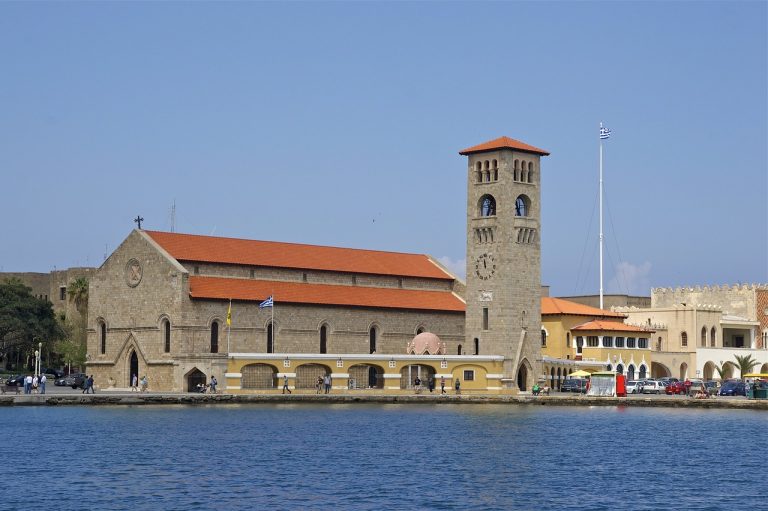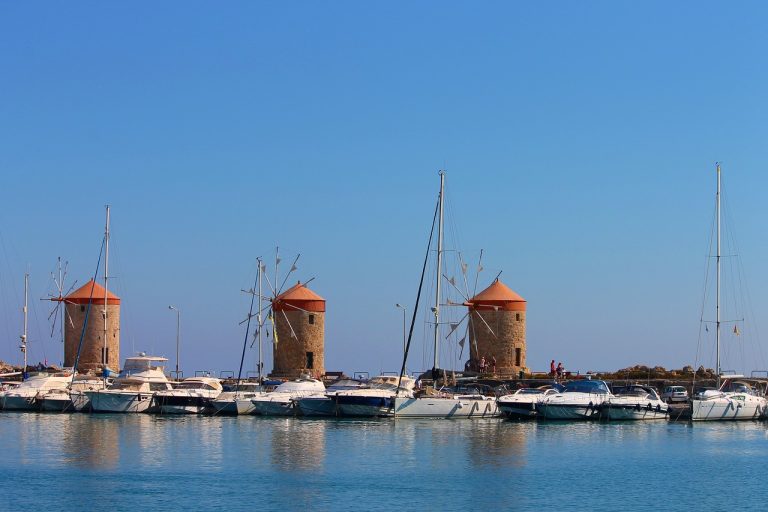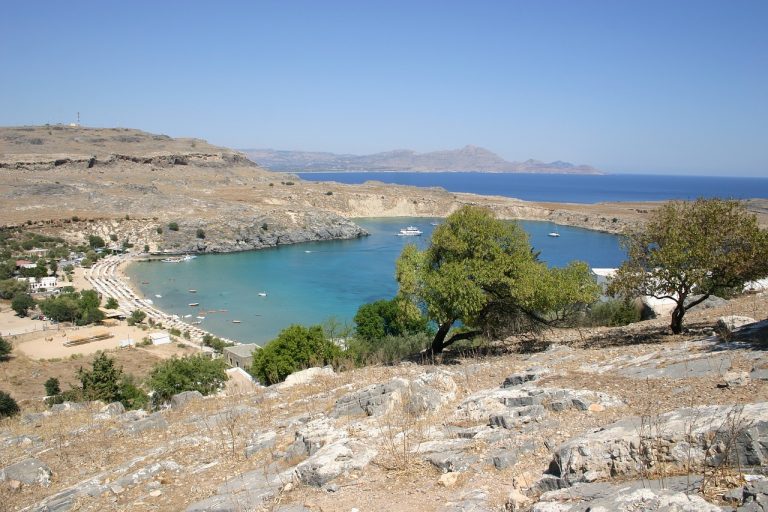Rhodes Greece Video
Historical Landmarks of Rhodes Greece: A Deep Dive
Rhodes, Greece is a captivating island known for its rich history and stunning architecture. As one of the largest and most important cities in ancient Greece, Rhodes is home to numerous historical landmarks that provide a glimpse into its glorious past. In this article, we will take a deep dive into the historical landmarks of Rhodes, exploring their significance and the stories they tell.
The Palace of the Grand Master of the Knights of Rhodes
- Medieval Fortress: The Palace of the Grand Master of the Knights of Rhodes is a medieval fortress located in the Old Town of Rhodes. It was built by the Knights of Saint John in the 14th century and served as the residence of the Grand Master. The fortress showcases impressive Gothic and Renaissance architectural elements.
- Historical Significance: The palace witnessed the rule of various conquerors, including the Ottomans and Italians. Today, it houses a museum that displays medieval artifacts, mosaics, and historical exhibits, offering visitors a glimpse into the island’s turbulent past.
- Keywords: Palace of the Grand Master, Knights of Rhodes, medieval fortress, Gothic architecture, Renaissance architecture.
The Acropolis of Rhodes
- Ancient Ruins: The Acropolis of Rhodes is an ancient citadel located on a hilltop overlooking the city. It dates back to the Hellenistic period and consists of impressive ruins, including a temple dedicated to Athena Polias.
- Archaeological Discoveries: Excavations have revealed statues, inscriptions, and other artifacts that provide valuable insights into ancient Greek civilization. The Acropolis offers panoramic views of Rhodes and the surrounding sea.
- Keywords: Acropolis of Rhodes, ancient citadel, Hellenistic period, temple of Athena Polias, archaeological discoveries.
Rhodes Greece Image 1: 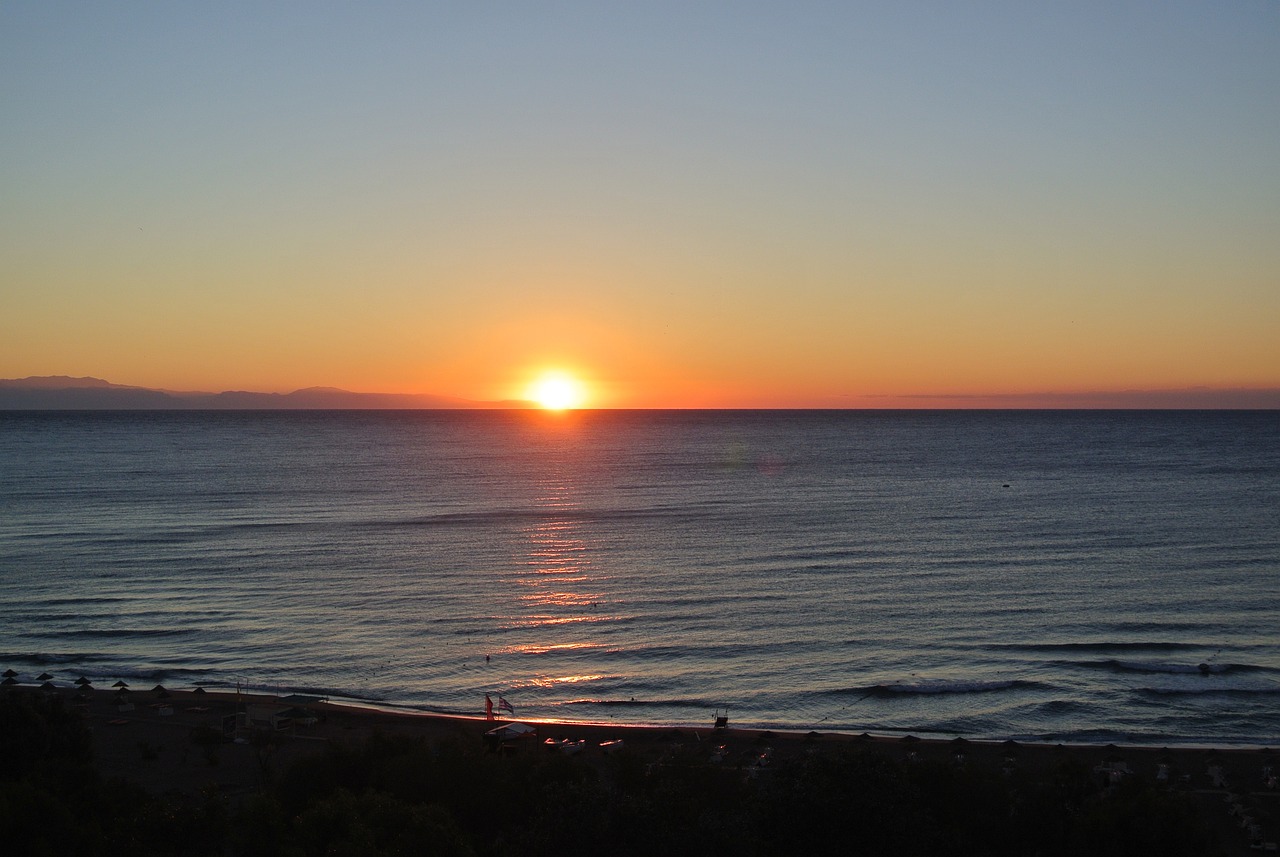
The Street of the Knights
- Medieval Architecture: The Street of the Knights, also known as the Avenue of the Tongues, is a cobblestone street lined with medieval buildings. It was once the main thoroughfare of the Knights of Saint John.
- Historical Atmosphere: Walking along the street feels like stepping back in time, with its well-preserved facades, arched doorways, and coats of arms. Many of the buildings now house museums, shops, and restaurants.
- Keywords: Street of the Knights, Avenue of the Tongues, medieval buildings, Knights of Saint John, historical atmosphere.
The Ancient Stadium of Rhodes
- Sports Venue: The Ancient Stadium of Rhodes was an ancient Greek stadium used for athletic events during the Hellenistic period. It is one of the best-preserved ancient stadiums in Greece.
- Architectural Marvel: The stadium features a horseshoe-shaped structure with stone seats and a central track. It could accommodate thousands of spectators and hosted various competitions, including chariot races and foot races.
- Keywords: Ancient Stadium of Rhodes, ancient Greek stadium, Hellenistic period, architectural marvel, athletic events.
Rhodes Greece Image 2: 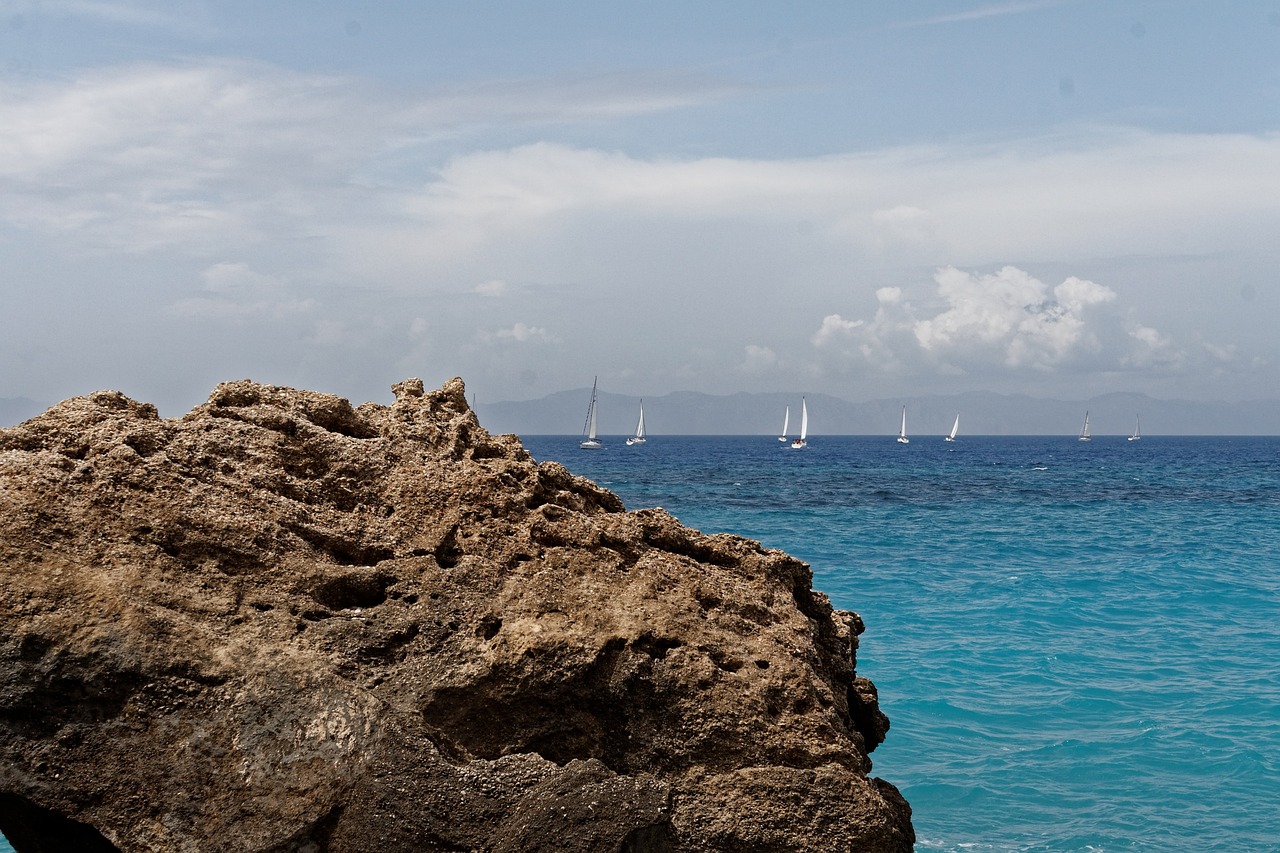
The Colossus of Rhodes
- Ancient Wonder: The Colossus of Rhodes was a gigantic statue of the sun god Helios, erected in the harbor of Rhodes during the 3rd century BC. It was one of the Seven Wonders of the Ancient World.
- Destroyed Monument: The statue stood for only about 56 years before being toppled by an earthquake. Despite its short existence, it left a lasting impression on the island’s history and became a symbol of Rhodes.
- Keywords: Colossus of Rhodes, ancient wonder, sun god Helios, Seven Wonders of the Ancient World, destroyed monument.
The Archaeological Museum of Rhodes
- Artifact Collection: The Archaeological Museum of Rhodes houses a vast collection of artifacts from various periods, including the Archaic, Classical, Hellenistic, and Roman periods.
- Exhibits: Visitors can admire sculptures, pottery, jewelry, and other objects that provide insights into the island’s ancient civilizations. The museum also features a large collection of ancient coins.
- Keywords: Archaeological Museum of Rhodes, artifact collection, Archaic period, Classical period, Hellenistic period, Roman period, exhibits.
Rhodes Greece Image 3: 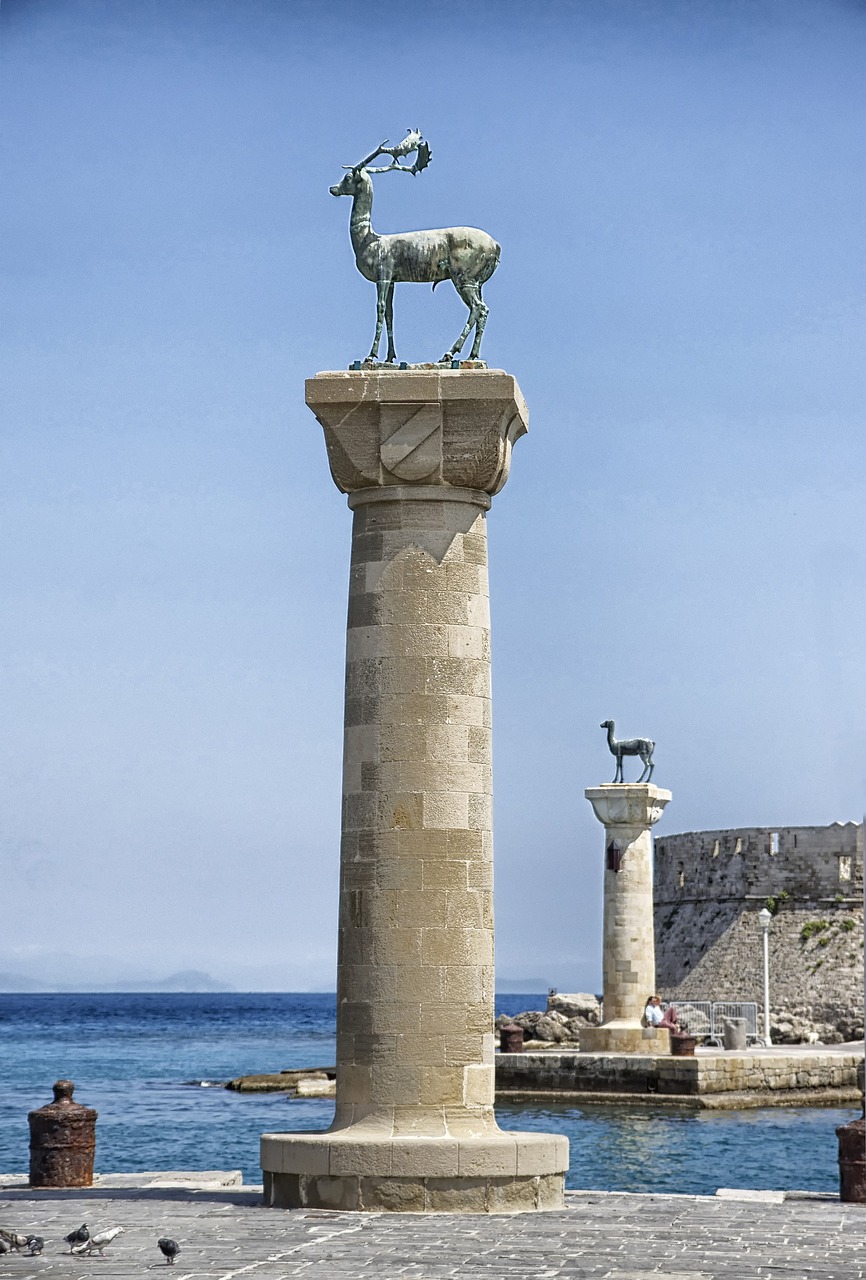
The Ancient Kamiros
- Archaeological Site: Ancient Kamiros was an ancient city on the island of Rhodes, dating back to the 5th century BC. It was one of the three major cities of Rhodes during the ancient times.
- Well-Preserved Ruins: The site features well-preserved ruins of houses, temples, and a central agora. It provides valuable insights into the daily life and urban planning of ancient Greek cities.
- Keywords: Ancient Kamiros, ancient city, 5th century BC, well-preserved ruins, agora, urban planning.
The Byzantine Museum of Rhodes
- Byzantine Art: The Byzantine Museum of Rhodes showcases a collection of Byzantine and post-Byzantine art and religious artifacts.
- Iconography: Visitors can admire icons, frescoes, mosaics, and religious objects that highlight the artistic and cultural heritage of the Byzantine Empire.
- Keywords: Byzantine Museum of Rhodes, Byzantine art, post-Byzantine art, religious artifacts, iconography.
The Street of the Knights
- Medieval Architecture: The Street of the Knights, also known as the Avenue of the Tongues, is a cobblestone street lined with medieval buildings. It was once the main thoroughfare of the Knights of Saint John.
- Historical Atmosphere: Walking along the street feels like stepping back in time, with its well-preserved facades, arched doorways, and coats of arms. Many of the buildings now house museums, shops, and restaurants.
- Keywords: Street of the Knights, Avenue of the Tongues, medieval buildings, Knights of Saint John, historical atmosphere.
The Ancient Kamiros
- Archaeological Site: Ancient Kamiros was an ancient city on the island of Rhodes, dating back to the 5th century BC. It was one of the three major cities of Rhodes during ancient times.
- Well-Preserved Ruins: The site features well-preserved ruins of houses, temples, and a central agora. It provides valuable insights into the daily life and urban planning of ancient Greek cities.
- Keywords: Ancient Kamiros, ancient city, 5th century BC, well-preserved ruins, agora, urban planning.
Conclusion
Rhodes Greece is a treasure trove of historical landmarks that bring its rich history to life. From medieval fortresses to ancient ruins, each landmark tells a story of the island’s past and showcases its architectural and cultural heritage. Exploring these sites allows visitors to immerse themselves in the captivating history of Rhodes and appreciate the legacy left behind by ancient civilizations.
References
- Petit Palace. (n.d.). Rhodes Greece. Retrieved from petitpalace.co.uk
- Archaeological Museum of Rhodes. (n.d.). Retrieved from archaeology.gr
- Byzantine Museum of Rhodes. (n.d.). Retrieved from rhodes.gr





